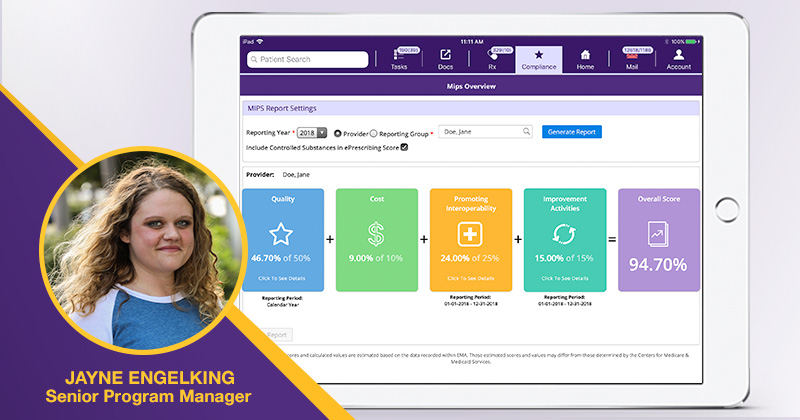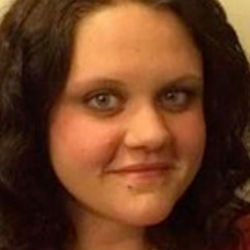Is Your Ophthalmology Practice Ready for MIPS?

State-of-the-art ophthalmology EHR systems make collecting the appropriate data simpler and hassle free
Don’t look now, but there’s less than four months remaining before ophthalmology practices can begin reporting their 2019 performance data for MIPS, the Centers for Medicare and Medicaid Services’ (CMS) Merit-based Incentive Payment System (MIPS).
As a coach on all things MIPS, I know many practices are looking forward to reporting; they are diligently tracking and recording their performances in the different MIPS categories, and they’re looking forward to receiving healthy reimbursement adjustments in 2021.
Other practices, on the other hand, not so much.
No Reporting, No Bonuses
Indeed, many practices have overlooked the fact that, in order to receive their full incentives, their Quality category performance now has to be tracked and reported for a full calendar year — not just 90 days, as was the case under previous CMS rules. This is the biggest chunk (45 percent) of their MIPS score and typically the most labor-intensive. In addition, others may have recently switched ophthalmology electronic health record (EHR) systems and don’t want to deal with the hassles of data conversion.
Regardless of your reasons for falling short on your MIPS responsibilities, completely failing to report your data for 2019 will not only result in the loss of a potentially lucrative incentive reimbursement, but it will also cost your practice a 7 percent penalty on Medicare professional services reimbursements in 2021. And, although 7 percent doesn’t sound like a staggering number, it can add up to a not-so-small sum of money.
Fortunately, there’s good news: Even if you haven’t been tracking your practice’s MIPS performance for the entire year of 2019, all you have to do is report a minimum of 30 points by tracking and submitting your practice’s performance in two categories, Promoting Interoperability and Improvement Activities, for at least 90 consecutive days in 2019.
Doing so can earn your practice up to 40 points, avoid the 7 percent penalty — and help you to be better prepared for reporting your data for 2020, when the penalty is scheduled to increase to 9 percent.
Certified Ophthalmology EMR Key to Success
A major key to avoiding a penalty — and ultimately to qualify for incentives under MIPS — is for all medical practices to leverage Certified Electronic Health Records Technology (CEHRT). At the very least, such a system enables practitioners to easily document every step in the care process and provide the all-important proof to CMS that MIPS goals have been met.
With respect to ophthalmology, for example, MIPS includes a measure for optic-nerve evaluation for primary open-angle glaucoma. The best ophthalmology EHR systems have measures such as these already built in, making recording and documenting the data simple and integrated with your clinical workflow. Such EHR systems also enable practitioners to easily generate status reports on their current MIPS scores, MIPS progress, and drill down to the patient level to determine whether a patient is meeting a measure or not and why — even as they’re seeing patients.
For example, if you’re an ophthalmologist, and forget to list the optic nerve evaluation and findings, a state-of-the-art, ophthalmology EHR system should prompt you to enter that data. This comes in handy, especially when running behind. It gives ophthalmologists a way to review their measures and make whatever corrections are necessary to ensure they get all the credit they’re due.
Are you Ready for MIPS?
Documenting and submitting for MIPS shouldn’t be difficult. If you’re documenting an optic nerve evaluation, updating the visual acuity after surgery, or documenting the patient’s IOP, today’s EHR systems should be able to pick that up and turn it into a measure for MIPS performance.
I know of many eye care practices that didn’t submit MIPS in 2017 and are now getting hit with a 4-percent penalty on every Medicare reimbursement for their covered professional services this year. Don’t make that same mistake. Get on board while there’s still time.
